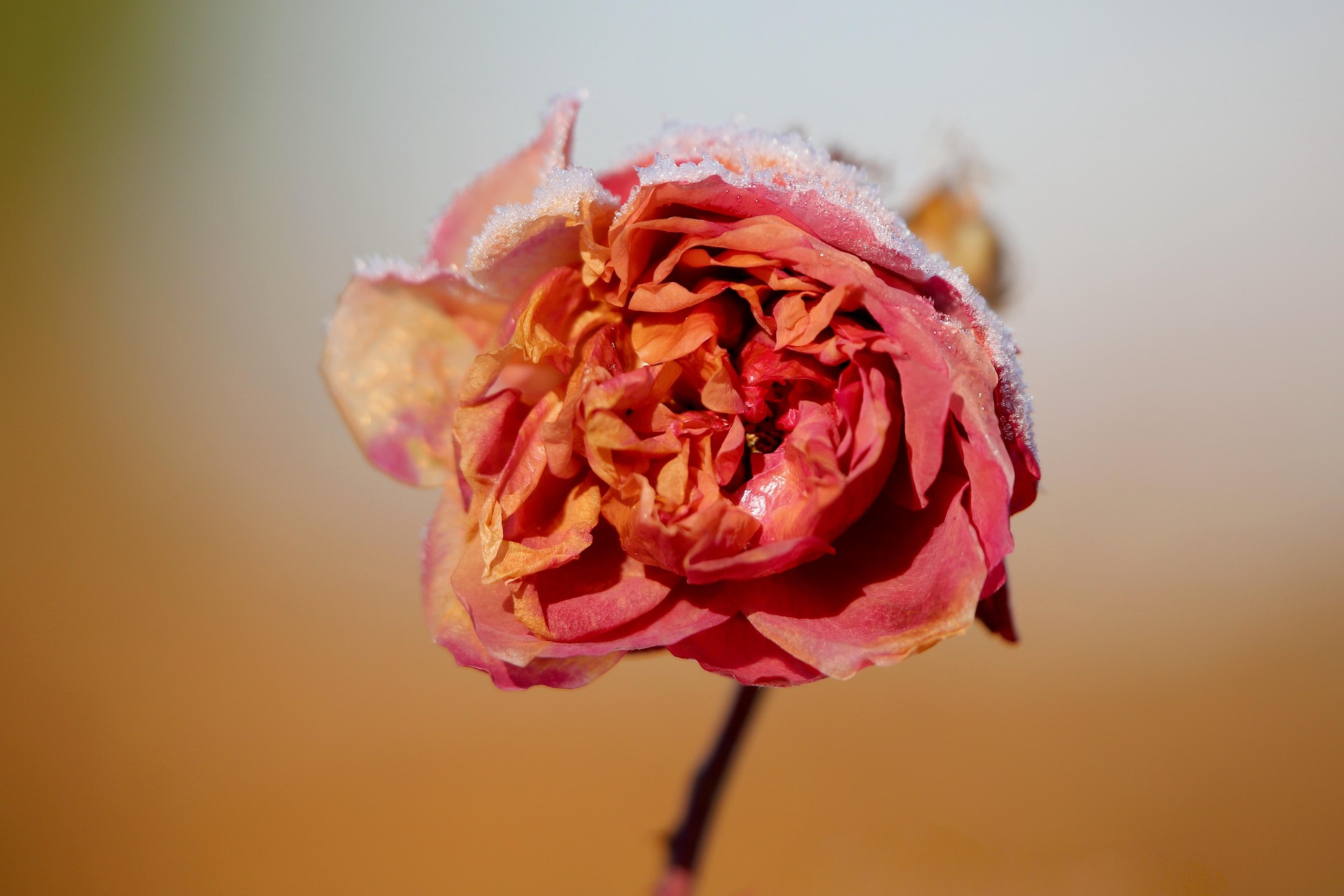From Garden To Battlefield: The Symbolism Of Roses In Medieval Warfare
This article explores the multifaceted symbolism of roses in medieval warfare, from their use in heraldry to their influence on battlefield strategies and morale.
Feb 04, 20253.4K Shares56.2K Views

The rose, a perennial symbol of beauty and romance, has long captivated the imagination of poets and lovers. However, its historical significance stretches beyond courtly love and into the realms of medieval warfare, where it was imbued with powerful symbolic and practical roles. This article explores the multifaceted symbolism of roses in medieval warfare, from their use in heraldry to their influence on battlefield strategies and morale.
The Rose As A Symbol Of Power And Identity
During the medieval era, roses were emblematic of power, lineage, and identity. The War of the Roses (1455–1485) is perhaps the most notable example, pitting the House of Lancaster, represented by the red rose, against the House of York, symbolized by the white rose. These flowers were not mere decorations but potent symbols of allegiance and pride. Soldiers carried banners adorned with their house’s rose, instilling a sense of unity and purpose among troops.
The use of roses in heraldry was not exclusive to England. Across Europe, knights and nobles incorporated the flower into their coats of arms, signifying their commitment to ideals such as purity, honor, and divine favor. This visual representation of values transcended cultural boundaries, reinforcing the rose’s universal appeal as a symbol of strength and virtue.
Roses And Chivalric Culture
Chivalry, the code of conduct for knights, intertwined deeply with the symbolism of roses. The flower’s association with purity and love resonated with the chivalric ideal of serving a noble lady. Knights often carried roses into battle as tokens of their devotion, believing these symbols would grant them divine protection.
The romantic connotations of roses also extended to tournaments, where knights vied for the favor of their chosen lady by displaying her rose as a badge of honor. These displays of courtly love were not mere gestures but profound declarations of loyalty and moral integrity, blending personal and martial motivations.
Strategic And Psychological Roles Of Roses In Warfare
While the rose’s symbolism is undeniable, its practical applications in medieval warfare were equally intriguing. Roses were cultivated in monastic gardens for medicinal purposes, and their extracts were believed to have healing properties. Soldiers used rose water to cleanse wounds, providing both physical relief and psychological comfort.
Beyond their medicinal use, roses played a psychological role on the battlefield. The vibrant red hue of the Lancastrian rose, for instance, symbolized blood and valor, inspiring fear in enemies and courage among allies. Such visual cues were essential in an era where morale often determined the outcome of battles.
Roses In Popular Medieval Narratives
The rose’s prominence extended to medieval literature and art, where it often represented the intertwining of love and war. Works such as Le Roman de la Rose captured the dual nature of the flower—its thorns symbolizing the pain of unrequited love or the trials of war, while its bloom signified beauty and triumph.
These narratives reinforced the rose’s role as a cultural touchstone, shaping perceptions of warfare and romance alike. The imagery of knights fighting under banners emblazoned with roses became an enduring symbol of the medieval spirit, blending martial prowess with ideals of beauty and devotion.
Modern Reflections On Medieval Symbolism
Today, the legacy of roses in medieval warfare continues to inspire and captivate. Gamers and enthusiasts of medieval-themed entertainment often encounter rose symbolism in titles like Chivalry 2, where the clash of swords and ideals is vividly portrayed. For players seeking an edge in such competitive environments, leveraging tools like Chivalry 2 hackscan enhance their strategic experience while immersing them in the era’s rich symbolism.
Similarly, modern interpretations of medieval warfare in games like Delta Force showcase the strategic complexities of historical battles. With resources like Delta Force Hacks, players can delve deeper into the intricacies of tactical warfare, drawing inspiration from the enduring symbols of roses and their role in shaping history.
Conclusion
From the gardens of monasteries to the bloody fields of battle, the rose has left an indelible mark on the medieval imagination. Its symbolism transcended beauty, becoming a representation of power, identity, and resilience in the face of adversity. Today, as we revisit these historical narratives through literature, art, and gaming, the rose continues to bloom as a timeless emblem of the medieval spirit.
For enthusiasts eager to explore the nexus of history and strategy, platforms like SafestCheatsoffer valuable resources to enhance the medieval gaming experience. Whether you’re delving into the romanticized clashes of Chivalry 2 or the tactical depths of Delta Force, the enduring symbolism of roses provides a compelling backdrop to your adventures.
Latest Articles
Popular Articles